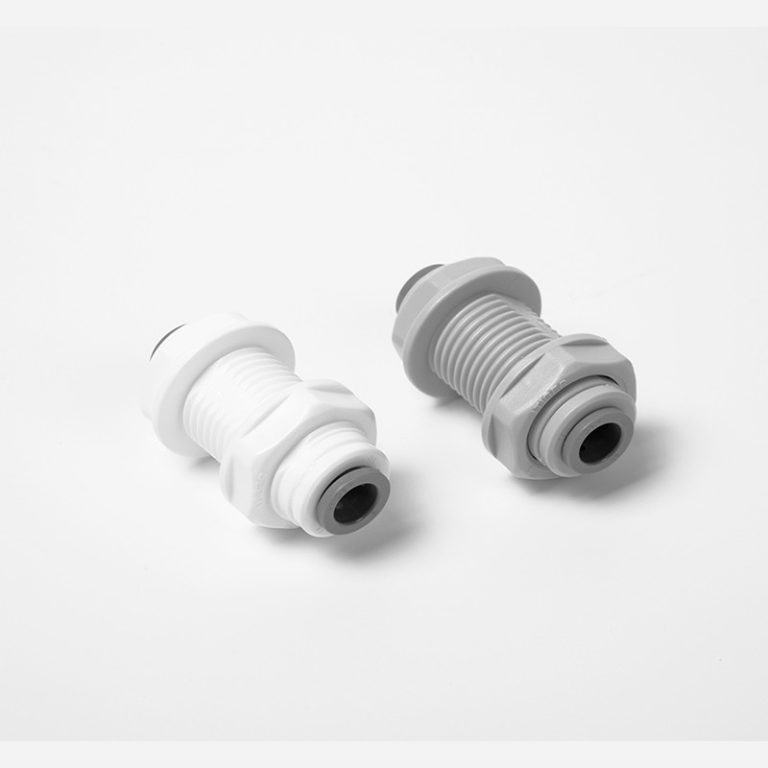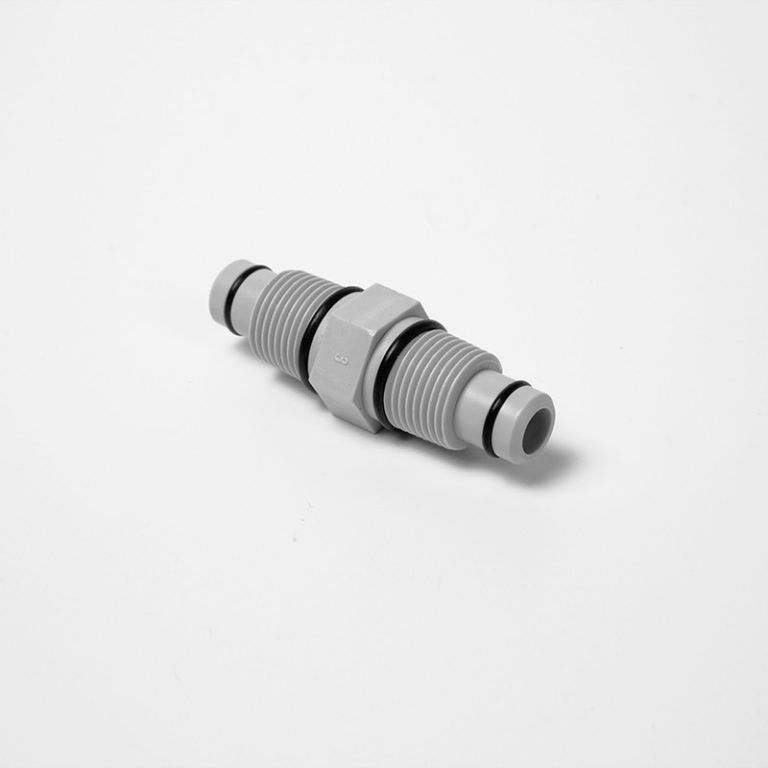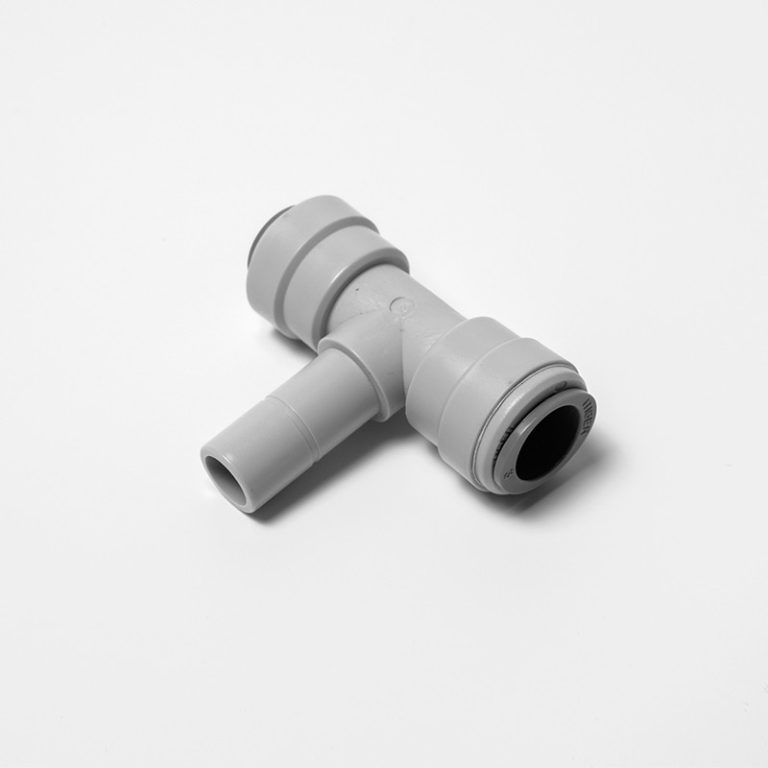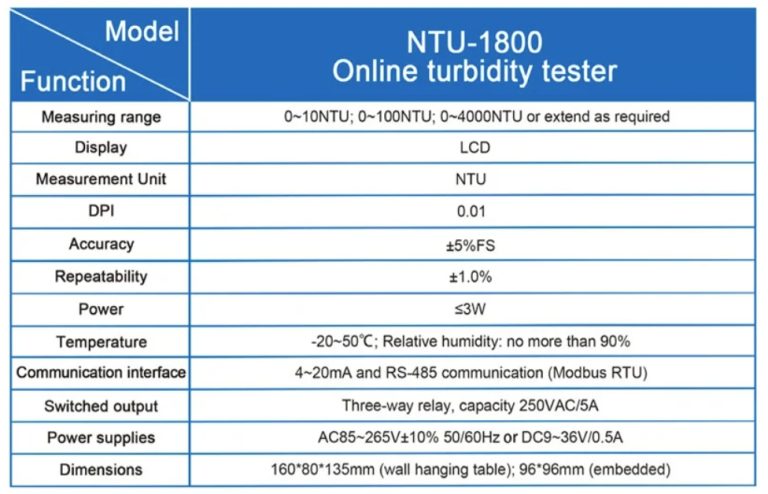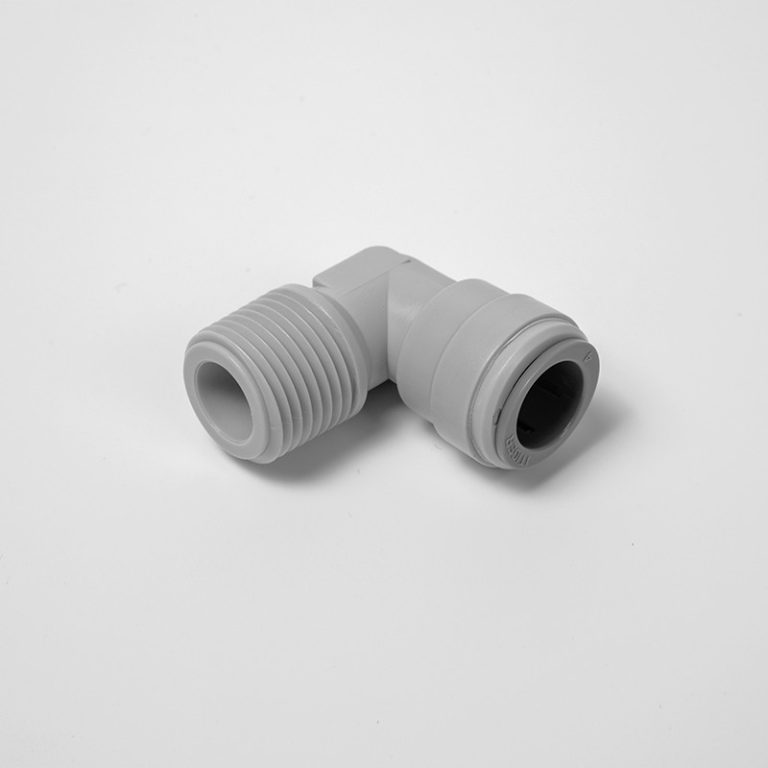PVC conduit: Protecting your wires, PVC pipe: Transporting your fluids.
Comparing PVC Conduit and PVC Pipe: What’s the Difference?
When it comes to electrical and plumbing projects, PVC (polyvinyl chloride) is a popular material choice due to its durability, affordability, and versatility. However, it’s important to understand the differences between PVC conduit and PVC pipe to ensure you’re using the right material for your specific needs.
| Model | Tube(a) | Stem(b) |
|---|---|---|
| 1801-A | 1/4 | 1/4 |
| 1801-C | 1/4 | 3/25 |
PVC conduit is specifically designed for protecting and routing electrical wiring in buildings. It is typically used in exposed or concealed applications, such as in walls, ceilings, or underground. PVC conduit is available in a variety of sizes and types, including rigid and flexible options. Rigid PVC conduit is best suited for above-ground installations, while flexible PVC conduit is ideal for areas where bending and maneuvering are necessary.
On the other hand, PVC pipe is primarily used for plumbing applications, such as carrying water, sewage, or other fluids. PVC pipe is available in a wide range of sizes and schedules, with schedule 40 and schedule 80 being the most common. Schedule 40 PVC pipe is suitable for most residential plumbing projects, while schedule 80 PVC pipe is recommended for applications where higher pressure or temperature resistance is required.
One key difference between PVC conduit and PVC pipe is their intended use. PVC conduit is specifically designed for electrical applications, while PVC pipe is designed for plumbing applications. This means that PVC conduit is not suitable for carrying fluids, and PVC pipe should not be used for electrical wiring.

Another difference between PVC conduit and PVC pipe is their construction. PVC conduit is typically thicker and more rigid than PVC pipe to provide added protection for electrical wiring. PVC pipe, on the other hand, is designed to withstand the pressure and flow of fluids, so it is thinner and more flexible than PVC conduit.
In terms of installation, PVC conduit and PVC pipe require different fittings and connectors. PVC conduit uses specialized fittings, such as couplings, elbows, and connectors, to create a secure and watertight seal for electrical wiring. PVC pipe, on the other hand, uses standard plumbing fittings, such as tees, elbows, and unions, to create a secure and leak-proof connection for fluid flow.
| Model | Tube(a) | Stem(b) |
|---|---|---|
| 1801-A | 1/4 | 1/4 |
| 1801-C | 1/4 | 3/34 |
When it comes to cost, PVC conduit and PVC pipe are both affordable options for electrical and plumbing projects. However, the cost of PVC conduit may be slightly higher than PVC pipe due to its thicker construction and specialized fittings. It’s important to consider your project requirements and budget when choosing between PVC conduit and PVC pipe.
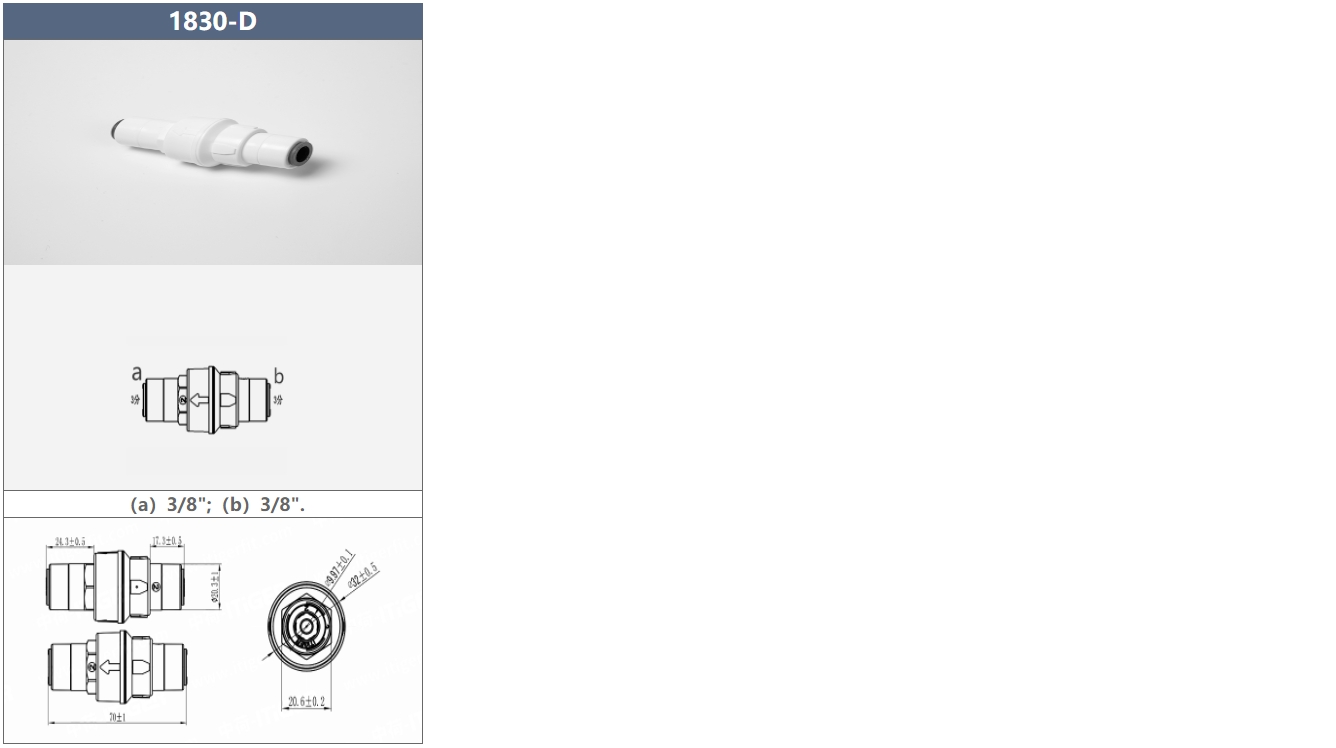
In conclusion, PVC conduit and PVC pipe serve different purposes in electrical and plumbing applications. PVC conduit is designed for protecting and routing electrical wiring, while PVC pipe is designed for carrying fluids. Understanding the differences between PVC conduit and PVC pipe will help you choose the right material for your specific project needs. Whether you’re working on an electrical installation or a plumbing project, PVC is a versatile and reliable material choice for a wide range of applications.

